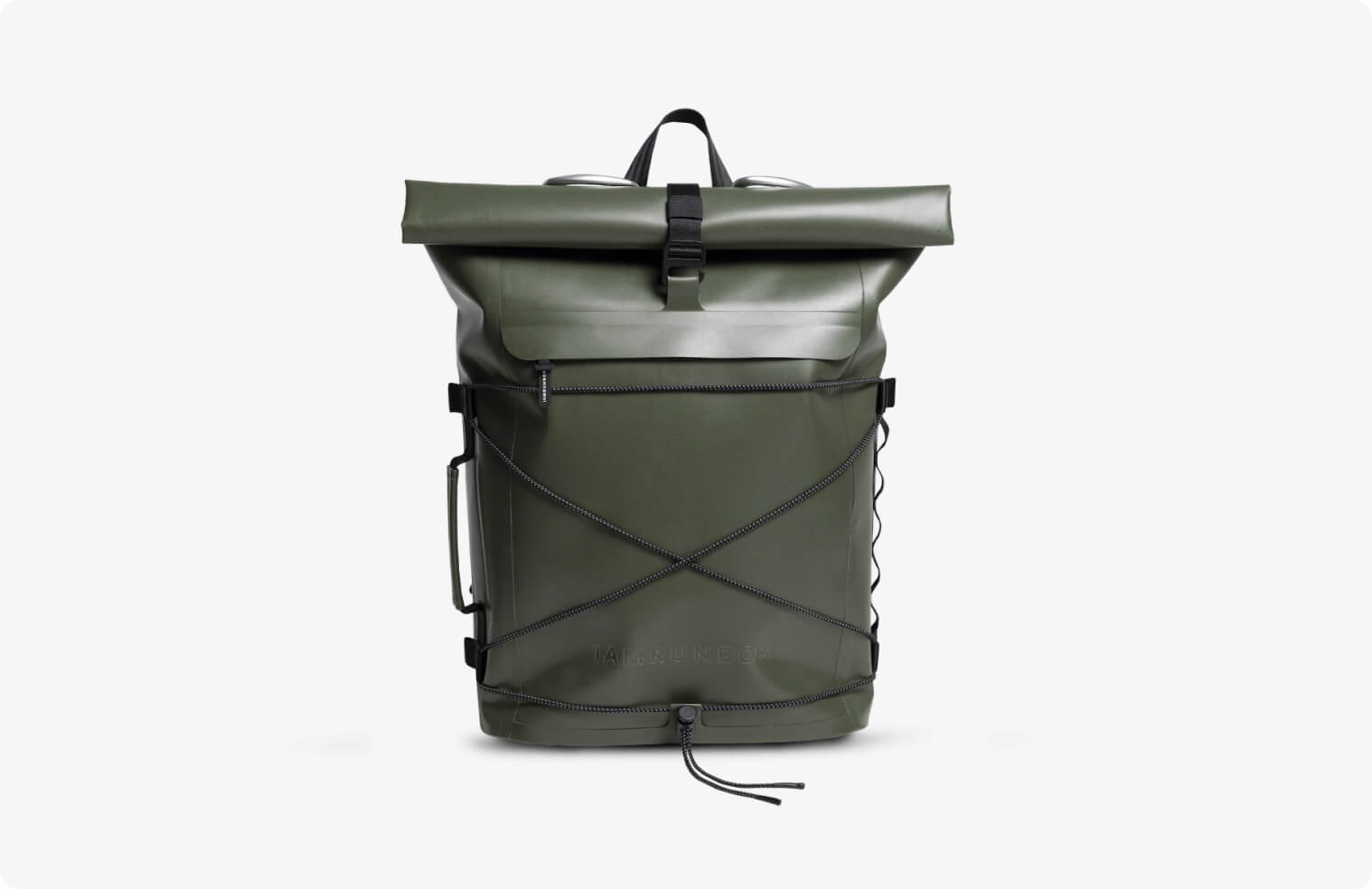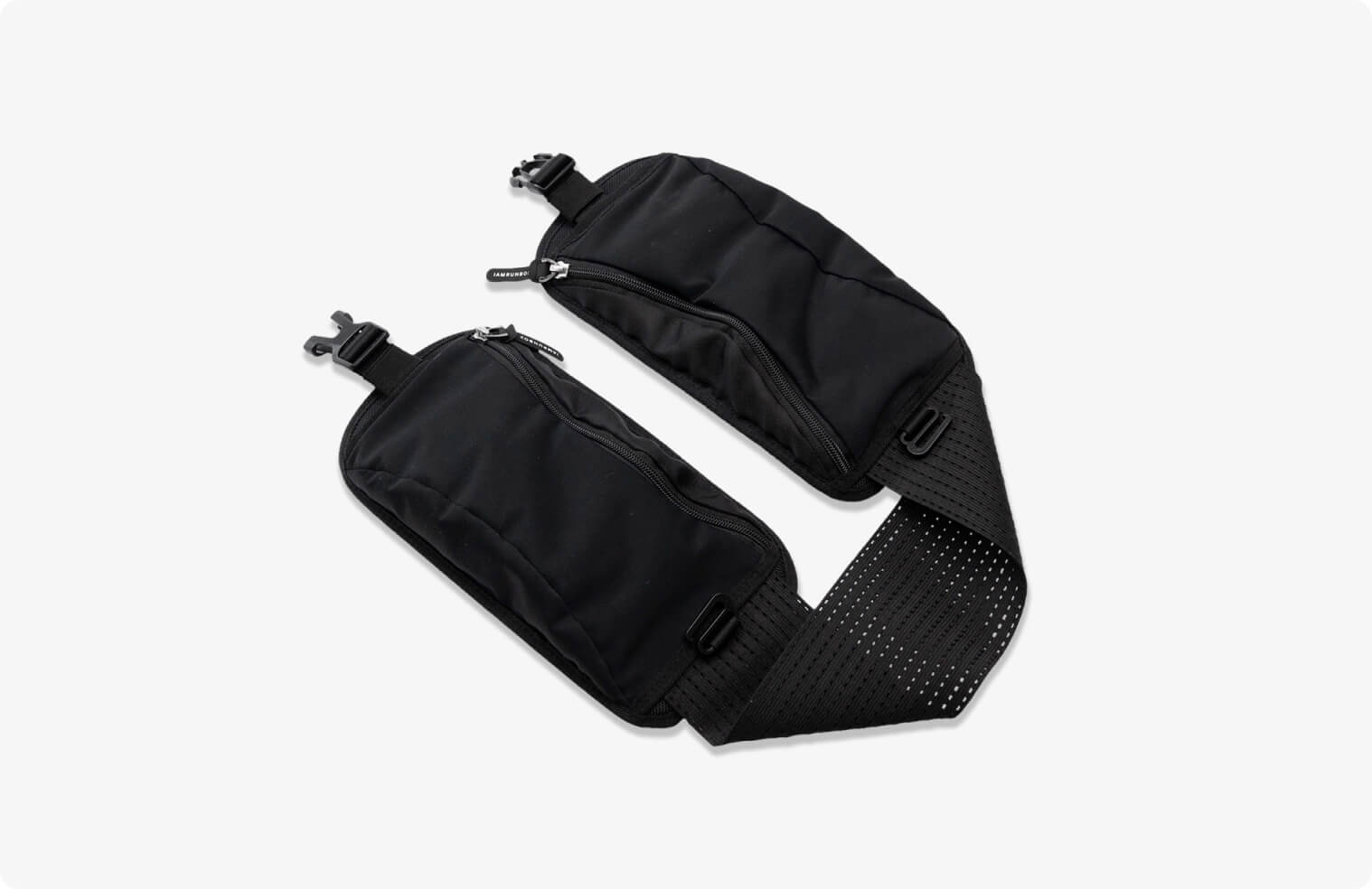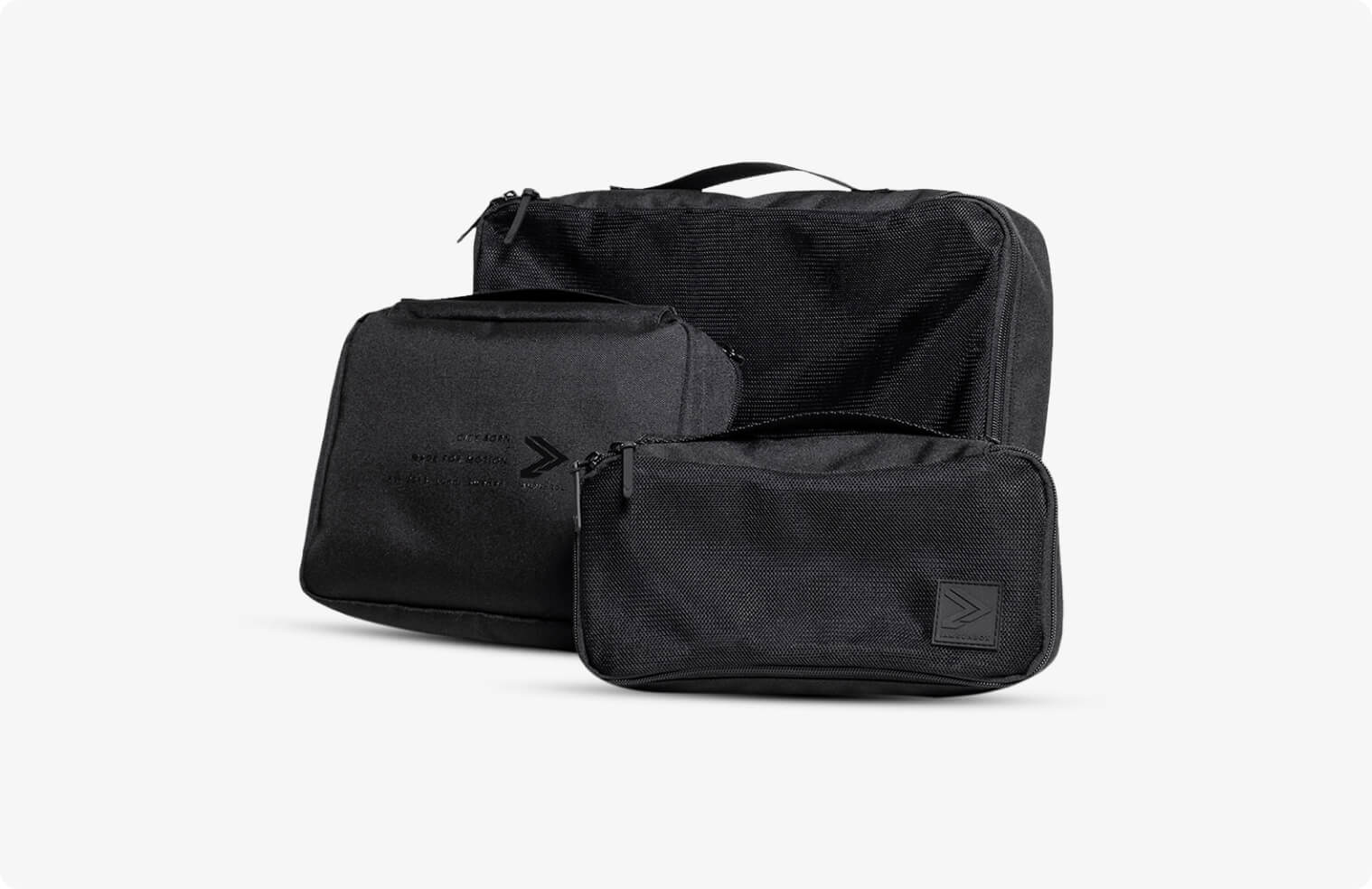
Cycling Advice for Beginners: 6 Tips You Need to Know for Riding More and Better
We may be living in the 21st century, but it’s a peak time for an invention from the 19th century. The bicycle, as we know it, first came into being sometime in the 1880s. And in the roughly 120 years since, it’s taken over the planet.
More people are cycling than ever before and more bikes are being used than cars. Whether it’s because you want to lower your carbon footprint, get in better shape, or just avoid potential coronavirus exposure on public transit -- there are plenty of reasons to start or increase cycling to get around.
Biking for more than exercise or commuting to and from work - like running errands, going shopping, or as an activity with others - is becoming more common.
Most people seem to think they already know everything about cycling. Unfortunately, that’s not true. And anyone who’s biking more without being aware of some essential tips is going to have a bad time.
So here’s some cycling advice for beginners, from picking the right gear to staying safe, that anyone who’s riding more should know.
1. Pick the right bike for you
You’d be surprised how many people get back into cycling or start doing it more without putting any real thought into what bike they’ll use. Some think whatever old bike they find in the family garage will do, and others just buy whatever is in their price range. The truth is that there are different types for different uses and terrains.
The general breakdown goes:
- Mountain bikes for most tough terrain, like off-road, but can also ride on pavement.
- Road bikes for paved surfaces, like in cities.
- And hybrids, which are a cross between mountain bikes and road bikes, for riding on everything between pavement and direct trails.
There are plenty of other factors too. Varieties of gears have different pros and cons. Multiple gears allow for changing speeds, while a single or fixed gear is low maintenance.
Different types of handlebars serve different purposes. The “drop bar” on most road bikes makes the rider more aerodynamic, while the “flat bar” common to hybrids allows for more comfortable positions. The size of a bike frame is also important and has to match according to your height and inseam.
So you need to figure out the right bike for where you’ll be riding, how you’ll be using it, and the style and size you’re most comfortable with. The best place to figure all this out is a local bike shop, where you can visit, talk to the staff, and try out bikes. Answering questions and helping customers figure things out is part of the job, and they’ll be happy to help, even if you don’t buy anything right then and there.
2. Buy the most important biking gear first
It’s not unheard of for new cycling enthusiasts to splurge on unnecessary biking gear and biking accessories. And while having a colour-coordinated quick-dry biking outfit with matching bike gloves is cool, it shouldn’t be a priority. In terms of must-have gear, you need to focus on first buying the stuff that keeps you safe.
Once you have a bike, you immediately need to buy:
- A new helmet, which fits correctly and is comfortable to wear;
- Safety lights for the front and back of your bike, even if you have reflectors and don’t plan on riding at night;
- And a bell to put on your handlebars so that you can alert others to your presence.
Every local area and region have different laws in terms of safety gear required for cyclists. Some don’t require helmets for riders over a certain age or that every bike needs a working bell, but you should have and use this gear even if it’s not the law. It can save your life.
If you live in a city, even one with a low crime rate, you should also buy a good bike lock. It’s especially needed if you’re planning on parking your bike outside while shopping or running errands.

Cycling in Sweden: 8 Most Bike-Friendly Cities in Sweden
Things to know before starting bike commuting in Stockholm
3. Get a biking backpack & keep some essentials in it
A biking backpack or commuter backpack is an excellent piece of biking gear for when you’re biking around. It can not only help you carry groceries home from shopping, but it can also be an easy way to make sure you always have certain things with you whenever you’re out on your bike.
There are different types and styles of backpacks for cycling, but some features are essential for a good biking backpack. When you’re looking for a bag to wear while riding your bike, you want:
- A waterproof backpack with a roll-top closure, which is best for ensuring your stuff stays dry.
- A backpack with straps for the waist and chest/sternum for securing it on your back and preventing it from bouncing around.
- A pack with elastic string or loops on the outside for easily attaching or securing other stuff, including lights or reflectors.
Our Spin Bag 18L is waterproof, lightweight, ergonomic, and perfect as an everyday & cycling backpack - have a look!
Once you have a biking backpack, you should make sure it’s always packed with some essentials, including
- Snacks, like nuts or a protein bar, that can sit around unopened until you need the calories on a ride, and a water bottle to refill and stay hydrated.
- A small flat fix kit, so you’ll be able to get your bike up and running if you get a flat tire in the middle of nowhere.
- A copy of your ID and emergency contact information, in case you’re in an accident.
- An extra shirt and small towel, because cycling can make you sweaty.
4. Plan your routes with the safest possible alternatives
If you've been living in an area for a long time, you may think you already know how to navigate around it. But there’s a difference to when you’re getting around on a bike. Some routes are safer for cyclists than others, whether it’s a designated bike path or a road that’s wider and less busy.
Some websites and apps that can help you find the best routes are:
- Bikemap, which allows users to tap into its more than four million cycling routes across 100 countries for free. There is a paid version with extra features.
- Komoot, a GPS tracker and planning app aimed at outdoor enthusiasts, but it has pay tiers after the first region.
- And Strava, a user-generated database of “heat maps” for popular routes uploaded by users.
5. Take it easy when you’re starting out
Cycling is fun and exciting, and it can be tempting to jump right in. But there’s value in easing into biking by riding just a few times a week and keeping your routes under 12 kilometres when you’re starting out. To do otherwise runs the risk of exhausting yourself in the middle of a ride with no energy to get back home. Road bikers call it “bonking.”
And you should also ease into cycling without headphones or digital distractions. You have to be able to focus on your surroundings (especially when biking in a city) and it can be a tough skill to develop while listening to podcasts or looking at your phone screen. If you’re using your phone as a GPS and map for your route, keep it in your biking backpack and pull over to a full stop, out of the way, to take it out and check it.
Later, as you get more experience, are comfortable with biking in your area, and know what to look out for, you can add headphones into the mix.
6. Bike with others & tell people when you’re going out
Remember how we just said cycling is fun and exciting? Well, that’s not just when you do it on your own. Sharing your new love of cycling is a great thing. You can go on rides with friends or join a group of more experienced riders to learn more.
And if you’re going solo, it’s also important to let others know when you’re heading out on a bike ride and your intended route. It can be as simple as a text message or a post on social media. It’s a good habit in case anything happens to you while you’re out riding. Also, it’s a perfect method for humblebragging about how much biking you’re doing.







